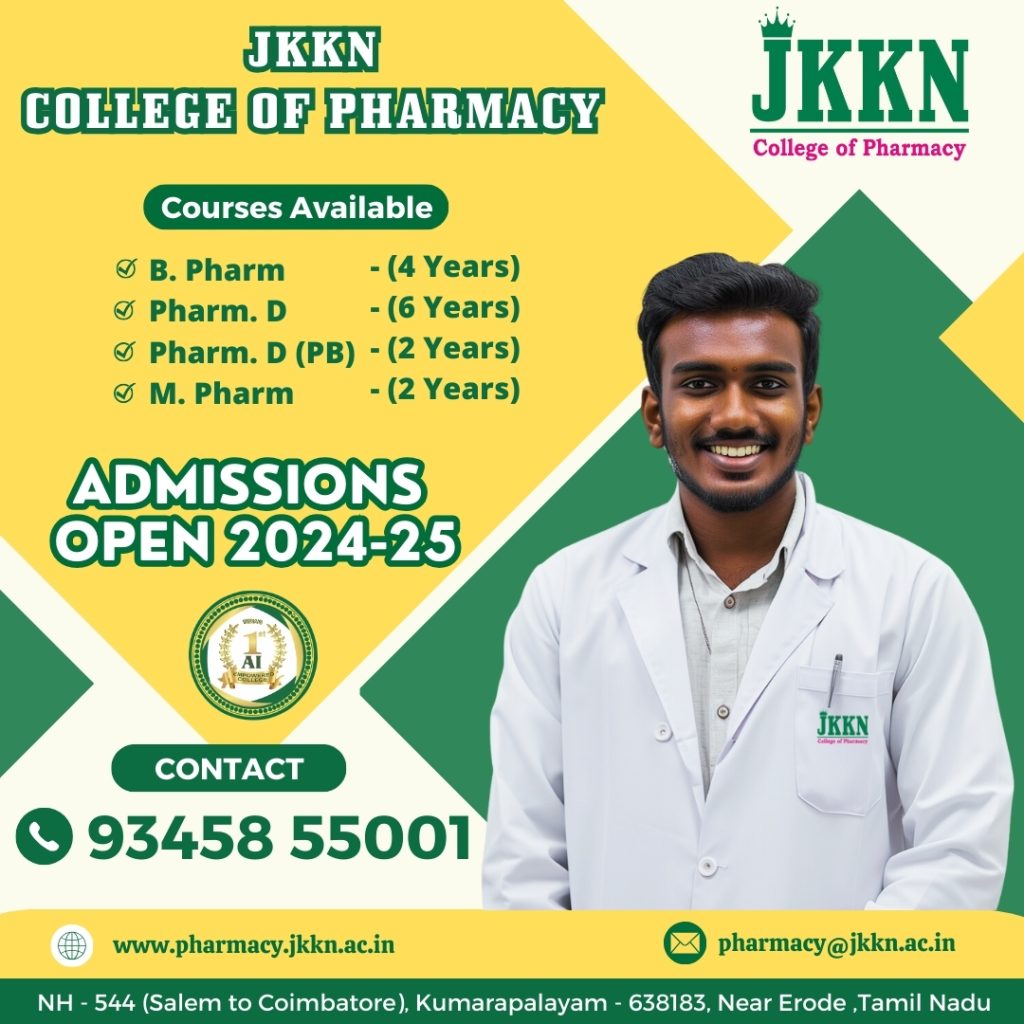IV B. PHARM /PHARMACEUTICAL MARKETING MANAGEMENT – THEORY
After a successful completion of the course the students will be able to
| Course outcome number | Course Outcomes | Cognitive level |
| CO1 | Define Pharma marketing, various functions and scope of marketing. | C1 |
| CO2 | Explain how different methods are used to analyze substances in pharmaceuticals. Describe how limit tests identify impurities in medicines. Share the basics of titrating strong, weak, and very weak acids and bases, and how neutralization curves work. Discuss the techniques of diazotization titrations,the principles of conductometry and where it’s applied. | C2 |
| CO3 | Apply non-aqueous titration methods like acidimetry and alkalimetry to find out how much Sodium benzoate and Ephedrine HCl are in a sample. Conduct and describe precipitation titrations using techniques such as Mohr’s, Volhard’s, Modified Volhard’s, and Fajans method, with a specific focus on determining the amount of sodium chloride. Utilize complexometric titration methods to measure the concentration of Magnesium sulfate and calcium gluconate. | C3 |
| CO4 | Examine the origins of potential mistakes in pharmaceutical analysis, clarify the types of errors that can occur, and demonstrate ways to minimize these errors. Gain a grasp of the fundamentals of gravimetric analysis, encompassing the process when a solid forms, the possibility of unintended substances adhering to it, and the subsequent steps. Apply these concepts to determine the quantity of barium sulfate in a sample. Conduct a redox titration using potassium iodate and elucidate the core principles involved and the situations where this method might be employed. | C4 |
| CO5 | Evaluate the accuracy and precision of pharmaceutical analysis results by applying appropriate methods of chemical analysis, ensuring the quality and purity of pharmaceutical solutions. | C5 |
| CO6 | Create charts, diagrams, and highlights to make complex pharmaceutical analysis data easy to understand and present. | C6 |
Remembering (C1), Understanding (C2), Applying (C3), Analyzing (C4), Evaluating (C5) and Creating (C6)
I B. PHARM /PHARMACEUTICAL ANALYSIS -PRACTICAL/ I YEAR
After a successful completion of the practical’s the students will be able to
| Course outcome number | Course Outcomes | Psychomotor Level |
| CO1 | Execute the procedure for conducting limit tests on chloride, sulfate, iron, and arsenic with precision and accuracy, demonstrating the ability to imitate laboratory techniques for qualitative analysis. | P1 |
| CO2 | Demonstrate manipulation skills by effectively preparing and standardizing sodium hydroxide, sulfuric acid, sodium thiosulfate, potassium permanganate, and ceric ammonium sulfate solutions, showcasing adept manipulation of laboratory apparatus and materials. | P2 |
| CO3 | Complete the assay of ammonium chloride through acid-base titration and standardize the titrant with meticulous precision, displaying a high level of precision in analytical procedures. | P3 |
| CO4 | Apply articulation skills to carry out assays and standardization procedures for ferrous sulfate (Cerimetry), copper sulfate (Iodometry), calcium gluconate (complexometry), hydrogen peroxide (Permanganometry), sodium benzoate (non-aqueous titration), and sodium chloride (precipitation titration), ensuring accurate articulation of analytical techniques. | P4 |
| CO5 | Demonstrate naturalization skills in electro-analytical methods, including conductometric titration of strong acid against strong base, conductometric titration of strong acid and weak acid against strong base, and potentiometric titration of strong acid against strong base, ensuring a natural and competent understanding and application of these methods. | P5 |
Imitation (P1), Manipulation (P2), Precision (P3), Articulation (P4) and Naturalization (P5).


